
21 minute read
Value Analysis Leadership Inter
Leadership Interview
Value Analysis Leadership Interview
Nila Getter, President, Association for Healthcare Value Analysis Professionals
The following is an edited excerpt of an interview conducted by Robert W. Yokl, Managing Editor, Healthcare Value Analysis Magazine, with Nila Getter, President, Association for
Healthcare Value Analysis Professionals in December 2012
(Background) Nila Getter was hands-on in direct patient care as a nurse manager in critical care and an emergency room manager before she made the jump to value analysis in 2001. Nila has been with Kettering Medical Center, Kettering, Ohio, for over 32 years and says it “Seems like just yesterday that she started out”. Nila graduated from Miami University (Ohio) with a degree in nursing.
(RWY) How did you get into value analysis and the Supply Chain Management world?
(NG)
I moved into the materials management department of Kettering as a nursing product manager. It was a new position with no job description, which gave me the opportunity to develop my own vision of how to best meet Kettering’s supply chain requirements. My vision was to use my own experience as a clinical nurse manager to be the person that I would have liked to have had serving my department’s needs when I was a nurse manager. Initially, I started my position with no knowledge of value analysis but saw it as my role to be a liaison and interpreter for my customers, since I spoke the language of clinicians as well the jargon of purchasing, materials distribution and supply chain management. Today, the Kettering value analysis department has three value analysis managers, two of which are clinicians and one has an analytical background. The best part about our VA Program is that we are a team with one important voice for our health system.
(RWY)
What was your view of the healthcare supply chain prior to working in the value analysis field?
(NG)
As a nurse manager, I had no concept of what supply chain was all about. To me, it meant you ordered something from purchasing and it came to you or you called distribution and they brought the products to you. I had no concept of what was really going on behind the scenes; it was a different world I found myself in.
As you know, I got into materials management before we changed the department’s name to>>>
Leadership Interview
supply chain. I was enthralled by how they had a selection process and assist with the resolution of listing of every single item that we used in the quality concerns. Many AHVAP members coordihospital and how they knew where it was stocked nate their hospital’s technology assessment comand how many we had on hand. I was just mittees which engage physicians in the approval amazed! My big surprise was the lack of standof emerging medical technologies that impact the ardization. People could just pretty much order cost of healthcare. anything that they wanted, which of course we AHVAP has come a long way from an informal don’t do now. network of nurses to sharing information and exWhen I was a nurse manager, cost management perience regarding the best demonstrated prodwas one of my big pushes. For instance, one of ucts and practices that assure safe, effective pamy cost projects was to investigate our lost tient care. charge report which entailed all the products that (RWY) When you got into value analysis, did we didn’t charge the patient or payer that we acyou imagine that you would become the presitually used on the patient. I said that I needed to dent of the association? fix this and they told me, “Oh, you can’t”. (NG) Oh, I absolutely didn’t think I would beWell, that was the wrong thing to tell me because come president of AHVAP. All of the people in if someone tells me that I can’t do something AHVAP were so knowledgeable and I was not at then I’m going to figure a way to do it. So, I spoke that level of value analysis at that time. So, I just with my director about attacking this problem tried to soak up everything I could from the and she recommended that the most important knowledgeable people in AHVAP. I was so surthing to get people’s attention to what is imprised when I received the invitation to run for portant to you is to talk about it all the time and President-Elect. Although I had joined AHVAP as keep it in front of them at all times. So, I talked soon as they were taking applications, and was about lost charges in staff meetings, posted our their newsletter editor and board secretary for losses and reminded my staff every month of two years, I was truly shocked that they would what our lost charges were costing our hospital consider me to be the President of AHVAP. until we eliminated them totally! This is the type of mindset I brought to the materials manage(RWY) You recently had your 9th annual AHment department and is still my mindset today. VAP conference, could you share some of the highlights? (RWY) Could you give us the history of AHVAP and how it is evolving? (NG) I think one of the primary emphases that we had at the meeting was to serve our members (NG) The Association of Value Analysis Profesand show how being part of AHVAP is valuable to sionals is an organization of nurses and clinical people. With education, we are going to be professional whose expertise bridges the gap beproviding Webinars and continue to have the tween clinical staff and the supply chain process. Quarterly Regional Calls which are great opportuUsing evidence-based data, professional experinities for Networking and Knowledge Exchanges. ence, and an understanding of the cost/quality continuum, these professional value analysis faOur Keynote speaker, David Ewald, gave a cilitators guide their clinical staff in the product presentation which highlighted examples of great
Leadership Interview
associations around the world and what they were able to accomplish. His main point was that the world works around great associations, and it just brings home the point of how important it is that we have this association with AHVAP.
Your presentation, Bob, was very good for me as well (Utilization Management) which made me think about conversions and implementations in a totally different way. I started seeing another side of it and I actually utilized it in a recent Labor and Delivery project that netted big savings. (RWY) Like any major discipline, there are emerging subset best practices and systems such as Evidenced Based Value Analysis and Utilization Management. Could you tell us how you think these new VA best practices will impact the Healthcare Supply Chain? “We go through life with a certain thought process and unless someone brings to our attention that there is another way to see something, sometimes we don’t. That is why it is important to go to annual conferences and participate in the webinars and conference calls that AHVAP provides because it helps you see things in a different way.
Nila Getter, President AHVAP
they have the same products and same process, then it makes that transitional change of working at one facility or another that much easier and more clinically effective. This also eliminates the risk of clinicians not having completed the minimum core competency training with these products or processes. Standardization allows for better clinical processes. (NG) I think we need to incorporate these into (RWY) Is Value Analysis emerging to the next everything we do. Decisions should not be made big process in healthcare along the lines of major on emotion or because a physician wants the change processes such as Lean and Six Sigma? newest gadget. We have to have evidence that standardization, process or a product improves (NG) I don’t know that it is right now but it defipatient care, reduces infection rates or reduces length of stay. Sometimes I have to bring my value analysis teams back to this: What does the evidence say about this process or using this prodnitely could be the next big change process. I think it is necessary for improvement for standardizing policies, procedures and processes, with an emphasis on standardization of product selection where it relates to direct patient care. I think uct? My teams know I am going to ask these Value Analysis and Lean go hand-in-hand, Lean questions. being more process oriented, and value analysis I am not as familiar with mainstream utilization gets down into the nitty gritty of products, sermanagement but can share with you what imvices and technologies. portant utilization methods we use at our facilities. Kettering, in the past year, has acquired two hospitals and built a new hospital in addition to our already large multi-hospital system. StandLearn more about the Association of ardization of products is very important to us and Healthcare Value Analysis Professionals every opportunity that we have we try to bring products to a standard. The goal behind this is to and all of their educational and network reduce costs by reducing SKU’s, but it also helps offerings at www.AHVAP.org the clinician cross over from one department or facility to another inside our health system. If
World - Class Best Practices
5 Building Blocks of World-Class Value Analysis
Understanding the key underlying concepts to propel you forward
Value analysis has its roots in World War II, when it was necessary for manufacturers to develop alternatives to the raw materials (e.g., rubber, steel, tin, copper, nylon, etc.) they were purchasing, since they either weren’t available or were being consumed by our armed forces on land, sea and air. In 1947, a General Electric vice president named Harry Erlicher noticed that GE’s design engineers were forced,
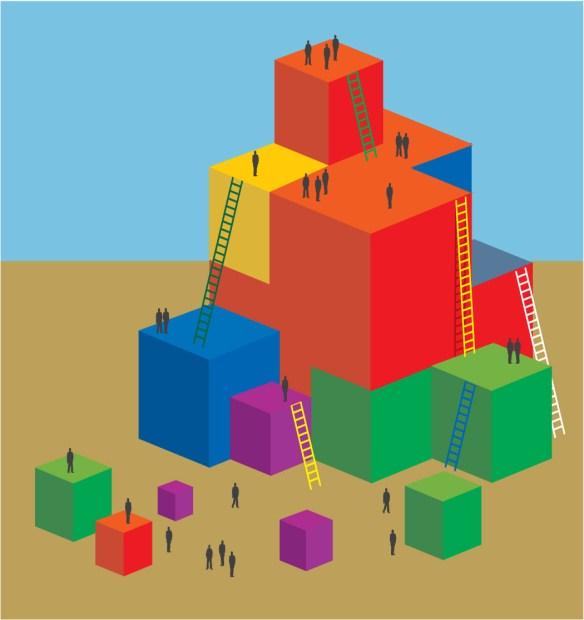
by wartime shortages, to substitute materials in their products. Often, the substitutes were as good, or even better, and at a lower cost.
This observation gave Erlicher an idea; if the practice of substituting materials with equal or better performance than the originally specified materials (and at a lower cost) could be systematized, it could be a powerful tool to lower GE’s cost without creating quality issues. He gave the job of developing a systematic, repeatable and reliable process (now known as value analysis and value engineering) to Larry Miles, who is recognized by millions of value analysis practitioners worldwide as the father of value analysis and value engineering . Here are five building blocks of >>>
World - Class Best Practices
world-class value analysis, which are the underlining concepts that Larry Miles conceived to help propel you forward with your own value analysis program:
1.
Cost is always our enemy, we must always be on the attack:
Larry Miles believed if any organizations costs were too high it could be catastrophic for its management and employees causing stress, uncertainty, loss of jobs, and relocation of families. Therefore, Larry believed that a system was required in every corporation (profit and non-profit) to effectively control their supply costs. He named that system value analysis and value engineering.
2.
Every corporation needs cost coaches to improve
their performance: If you are
in professional sports, a business leader, or just want to improve your golf game, you hire a coach. Larry Miles applied this analogy to value analysis; if you want to have the lowest costs, you need value analysis coaches to help your organization stay competitive in the marketplace. That’s who value analysis practitioners are: cost and quality improvement coaches.
3.
Value analysis is a problem-solving system:
Value analysis was designed as a creative, problem-solving system to identify and then eliminate unnecessary cost, waste, and inefficiencies in an organization’s supply chain. In particular, it means “cost that provides neither quality nor use, nor life, nor appearance, nor customer features” as Larry Miles put it.
World - Class Best Practices
4.
Value is always increased by decreasing cost and/or increasing performance
(performance is what a
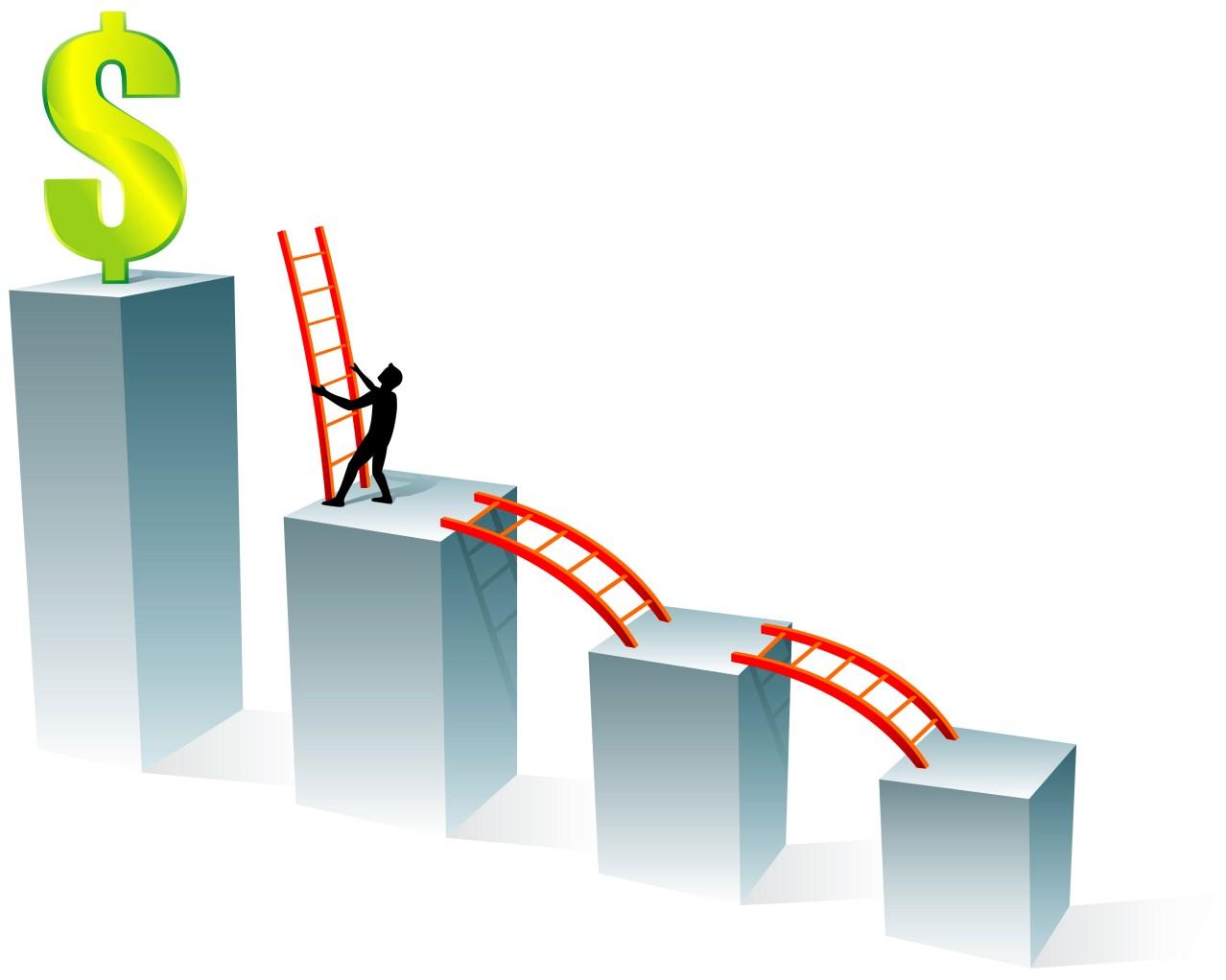
product, service or technology is required to do to be of value): Larry believed that maximum value is probably never achieved, but you can get close to perfection if you identify, study, and then utilize the value analysis methodology to improve cost and performance.
5.
Maintaining the appropriate performance at the right cost is
what the concept of value is all about: It is estimated that 15% to
25% of a product, service or technology’s cost can be reduced without affecting the value to your customer. In fact, in most cases the value can be increased substantially!
These are the five tenets that Larry Miles established, encouraged and lived by as he developed and refined his award-winning value analysis system over many years. It is the foundation of “functional analysis” which is the linchpin for opening the door to massive savings and quality improvements for your healthcare organization. By incorporating these five building blocks (think mission statement) into your own value analysis program, you can make a great leap forward in proactively managing and controlling your supply chain expenses to stay competitive in this era of healthcare reform!
Utilization Management

Don’t let these challenges hold back your organization’s big savings!
There was a time when utilization wasn’t even in the healthcare supply chain management’s lexicon. Utilization was something that hospitals focused on to reduce their patient’s length of stay, and not how effectively, efficiently, and judiciously the products, services or technologies were employed to get the patient well.
Well, the times are changing!
Supply utilization is now the biggest cost driver (67% or more) related to a healthcare organization’s supply chain expenses. It is becoming even more important as price and standardization savings slowly but surely disappear. Yet, most healthcare organizations are still just nibbling around the edges of utilization management because of these seven deadly mistakes:
1.
BENIGN NEGLECT:
Ignoring utilization opportunities
It is not unusual to discover that a hospital, system or IDN is devoting no time or resources to uncovering their utilization misalignments (i.e. wasteful and inefficient consumption, misuse, misapplication, misappropriation or value mismatches in their supply streams), because it’s not on their radar screen. They aren’t thinking about, concerned about, or considering it a priority. This thinking will eventually effect these organizations’ bottom line. No savings should ever be ignored!
Utilization Management
2.
3. UN-BELIEVABIITY: Dollars look too big to be believable
I just reviewed a utilization savings opportunity report for one of our clients and the average projected savings per line item was 41% (high 75%, low 22%) on 49 targeted commodities. The total projected savings for these products and services was over $5.4 million annualized. When you think about it, don’t these numbers look too big to be believable? Well, that’s because you have been fixated on price savings for years that appear meager alongside the in-use cost of the products, services and technologies you have been buying. That’s why your focus should be on the total lifecycle cost of the commodities you buy, and then you will realize the price is just the tip of the iceberg.
PLATE TOO FULL: Too busy to save more money
We all have priorities in our business life that require ranking of our responsibilities, tasks and duties to organize our jobs. Yet, beyond operational concerns, a

supply chain professional’s highest priority should be to save money. That’s the ticket to success, promotions and bonuses. More importantly, supply chain managers should be concentrating their efforts on the areas that can give them the biggest savings yields, not just nibbling around the edges of savings. As stated previously, utilization is your biggest cost driver and can provide your healthcare organization with the highest savings yields (41% on average). Why wouldn’t you want to fit these savings opportunities into your busy schedule?
Utilization Management
SATISFIED WITH SAVINGS:
I’m making my budget every year
Who can ever be satisfied with their savings, when there is always more to be saved? In most situations, healthcare organization sav ings’ budgets are too low; just budgeting for the minimum savings -- not the maximum. As opposed to having three major categories of savings: Price/ Contract, utilization and cost avoidance. This is how to squeeze the towel dry
DON’T KNOW WHERE TO LOOK: It might take some investigation
Utilization misalignments are everywhere in your healthcare organization, but it requires value analysis analytics (the extensive use of data, statistical and quantitative analysis to identify value analysis savings opportunities ) to uncover them. Some healthcare organizations stumble over these savings but these are accidents, not a strategy to uncover all of their wasteful and inefficient practices all at one time. Maybe it’s time you invest in or develop utilization tools that can do all this hard work for you. A small investment could bring your healthcare organization big dividends!
IT COULD BE RISKY BUSINESS: Staff might not like what I uncover
There is no such thing as rewards (i.e., savings, quality and safety improve ments) without risks in utilization management! Yes, you will need to step out of your comfort zone to discuss with your hospital staff why their products, services or technologies are out of alignment with their peers. How ever, you will have the security that the data you present is timely, irrefutable and actionable to make your case that a change is needed in their methods and practices. This data driven process will lower your staff’s resistance to change to a manageable level. Making it a less risky business than you might think!
Utilization Management
TOO TIME CONSUMING:
I like quick savings that stick
You might think that utilization management is a big undertaking and too time consuming, but this is a fallacy that needs to be debunked. Utilization management should be a natural extension of your value analysis program. You are already targeting price and standardization, now you need to go one step further and attack your utilization misalignments. For example, if you are evaluating a new I.V. catheter, you would logically look at its price, how

it fits into your standardization protocol, and investigate your current utilization of this family of products. Do you see how quickly you can up your value analysis game?
Now that you know the seven mistakes of utilization management and why they are holding you back from saving big time, isn’t it time for you to unleash the power of value analysis analytics to uncover and eliminate all of your utilization misalignments? All it takes to do so is to incorporate utilization management into your current value analysis program. This way, you will be attacking all of your cost drivers (i.e., price, standardization and utilization) in your supply streams with a comprehensive approach to supply expense management. Don’t miss this opportunity to rein in all of your costs!
BREAKTHROUGH GAME CH BREAKTHROUGH GAME CH ANGING ANGING BOOK IS YOURS FOR FREE! BOOK IS YOURS FOR FREE!
THE FUTURE OF SUPPLY CHAIN MANAGEMENT IS ALL ABOUT UTILIZATION!
BECOME A SAVINGS MAGNET
Read this book and in a few weeks save more money than you have in years!
Sound unbelievable?


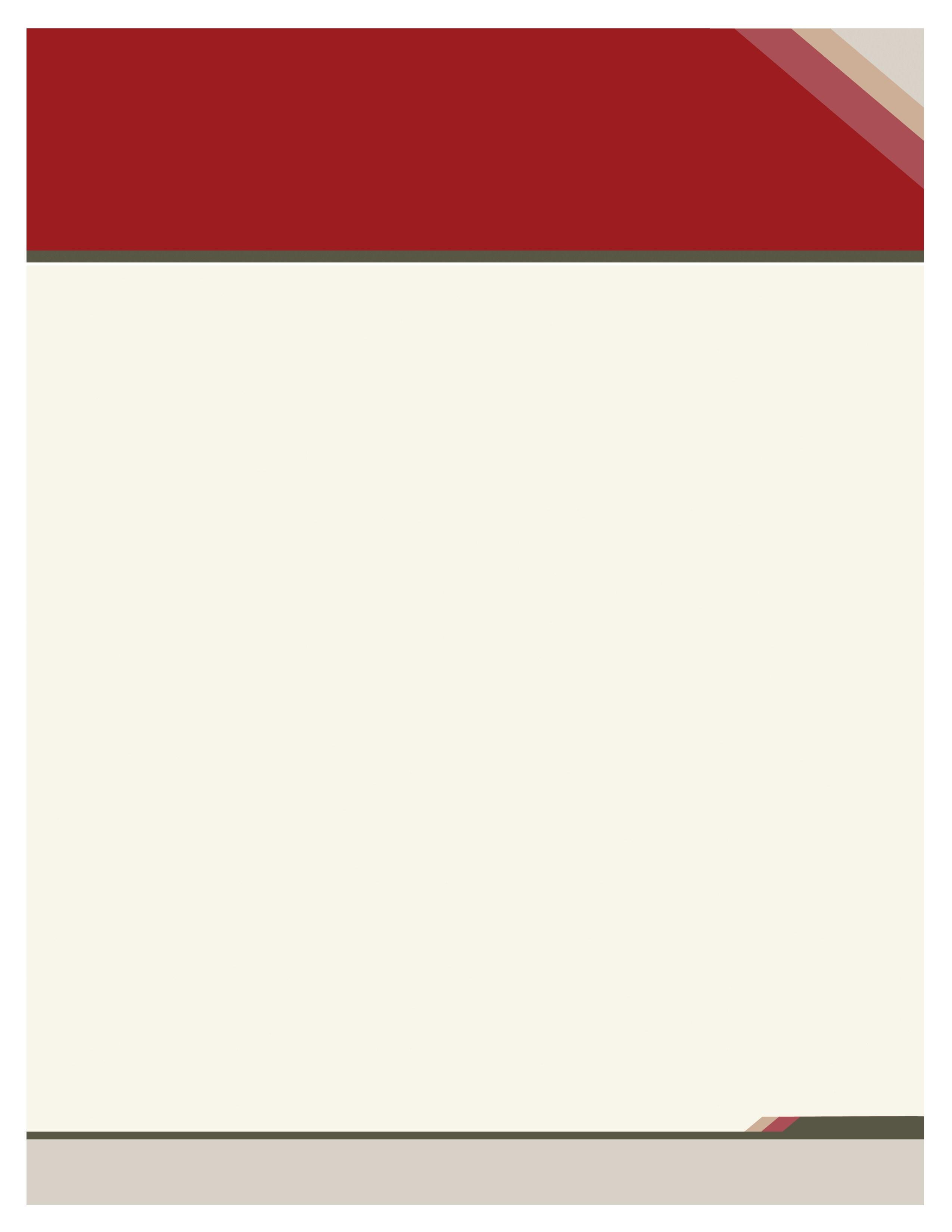
Robert T. Yokl and Robert W. Yokl, healthcare’s leading authorities in Supply Utilization Management, have helped hundreds of hospitals, healthcare systems and integrated delivery networks to save close to a half billion dollars by employing the same utilization management strategies, tactics and techniques that they will teach you in this book.
Understand why you are slowly but surely running out of price savings Learn why utilization management is more important than ever before Hear why a new discipline of utilization management is on the horizon Review 8 categories of utilization misalignments that cost you money Know why value analysis analytics is the new science of savings Grasp the worth of the value analysis/utilization management connection
The Book is FREE ($12.95 Value), but the Information is PRICELESS!
Click Here To Get Your FREE Copy Today!
Emerging Strategies
Why Supply Utilization Management is Significantly Different Than Value Analysis
There is a 500 pound gorilla in our supply chain that represents huge savings we are not addressing because of this misunderstanding
Value Analysis has been around for years, and has evolved into being the premier product evaluation process in the healthcare industry, yet, with all of its merits, it is not structured to manage and control your supply utilization savings now reside. where your biggest
Over time, value analysis has evolved to attack savings opportunities, on a project-by-project basis, that are spawned by group purchasing contracts, internal requisitions and new contracts whereby a

study is then performed by value analysis committees, VA teams or VA coordinators. Therein lies the gap between Supply Utilization Management (SUM) and Value Analysis Programs (VAP)!
Value analysis is the engine to drive out the unwanted, unnecessary and wasteful costs of the products, services and technologies you are buying. However, supply utilization management is a continual process of tracking, trending, managing, benchmarking and controlling the day-to-day consumption of all of the commodities that you are buying for your organization.
Emerging Strategies
If value analysis teams are to optimize their savings, they need to tap into all sources of savings (i.e., price, standardization and utilization) available to them. However, most value analysis teams
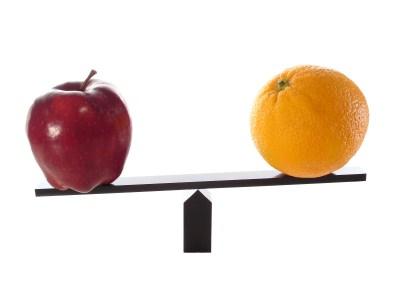
don’t have the tools to evaluate (e.g., value analysis analytics) their utilization misalignments. As a fall back, most value analysis coordinators, managers, and directors depend on their spend analysis to determine their appropriate utilization patterns and trends for their products, services and technologies, which isn’t the most trustworthy indicator. Based on our experience, any and all consumption analysis should be based on the activity-based cost of your commodity groupings. This is the only way to accurately measure the favourable and unfavourable variations in your supply streams which can give you actionable results.
Don’t be deceived, supply utilization management is not value analysis; they are both independent systems inside your supply chain operations that need to be developed to drive out all of the waste and inefficiencies in your supply streams. To this end, a credible supply utilization program will track, trend and develop activitybased cost ratios that will act as triggers for your value analysis teams/committees to investigate. Yet, supply utilization management and value analysis actually complement each other. Supply utilization management is the mechanism to track, manage and control utilization, whereas value analysis is the engine to develop lower cost alternative solutions to the utilization misalignments that are uncovered.
The 500 lb. gorilla in the room is supply utilization management in the form of overspend that we, as a healthcare industry, are not systematically attacking in our supply chain operations. We evaluate, select, and contract for a product, service or technology and then we turn it over to our hospital staff who use too many, >>>>>>
Emerging Strategies
employ the wrong products, choose feature-rich products, unknowingly waste products, or vendors upsell new higher-cost products inside your new contract. It’s not about price any longer, but reducing your healthcare organization’s total cost from acquisition to disposition. That’s what utilization management is all about!
The reality is that value analysis is not a process that is designed to track, trend and then identify inappropriate utilization misalignments. Yet, value analysis can go a long way to harness the power of a strong utilization management program to eliminate these unwanted, unnecessary and costly supply chain expense practices.
In tandem, these two powerful systems will absolutely reduce your supply chain expenses to the lowest possible levels, if you are ready to up your value analysis game to the next level of savings performance!
Employing Value Analysis Analytics to Get Your Way
Using stats, figures or value analysis analytics to garner support for your supply chain ideas or initiatives should be a first, not a last tactic, to get your way in the supply chain business. Why? Stats, figures or analytics resonate better with busy people than just lofty words or general information!
For instance, if we told you that your hospital’s exam glove usage had in
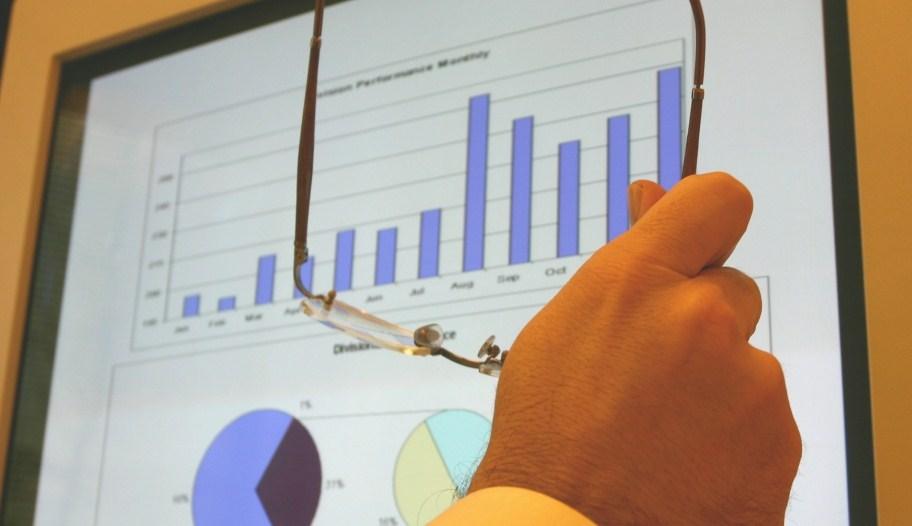
creased over the last four quarters, you would probably yawn at this information. However, if we showed you a chart that reveals graphically how your floor glove usage had escalated from $1.59 per adjusted patient day to $2.62 (a 65% jump) over four quarters, I can assure you that we would get your attention. This is because using stats, figures or value analysis analytics satisfies the human need for clarity, precision and concreteness.
Now, if you can combine stats, figures or analytics with benchmarks, you now have an all-out winning formula. Back to my example; a typical benchmark for exam glove usage would be about .95 cents per adjusted patient day. In our example above, this would mean that this hypothetical hospital is really 176% higher in their glove usage than their peers. Now, this is a statistic that will get anyone’s attention, wouldn’t you agree?
To summarize our point here, the main reason for you to employ stats, figures or value analysis analytics is to help you to start a dialog (e.g., who, what, when, where and why their practices are different) with your department heads and managers on their utilization misalignments. Its purpose is not to win the war of words and information, but to have them investigate these anomalies in their supply streams.
What better way than to get your department heads and managers engaged with the stats, figures and value analysis analytics, rather than have them fight you needlessly and endlessly on principle, opinion or their beliefs, when the numbers can lead the way to success.



